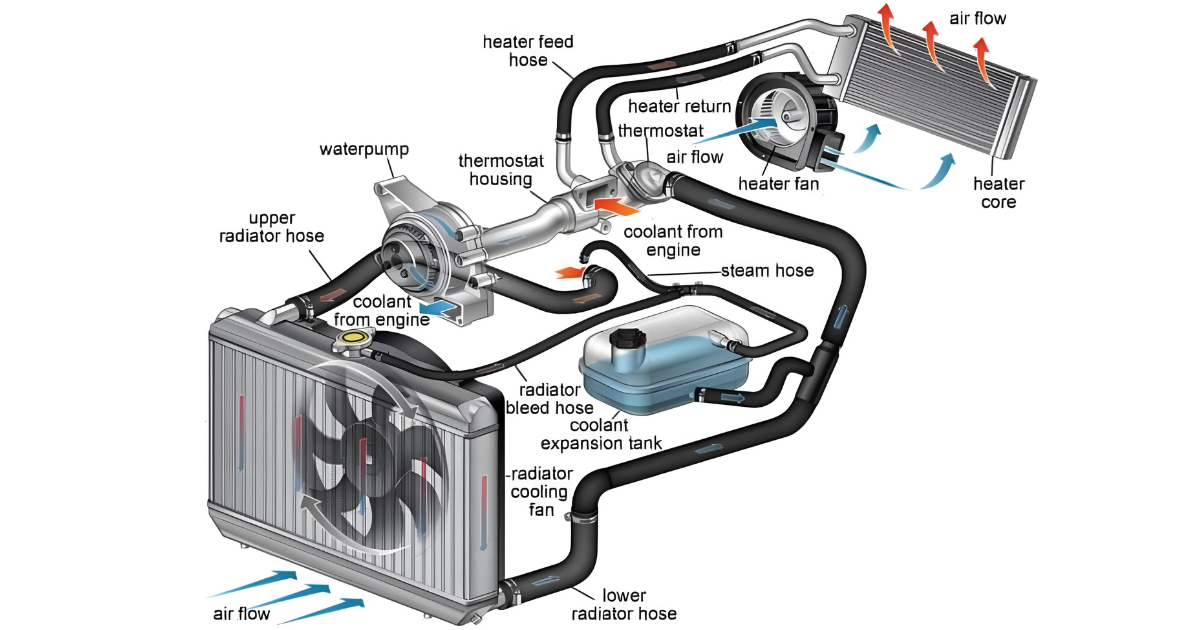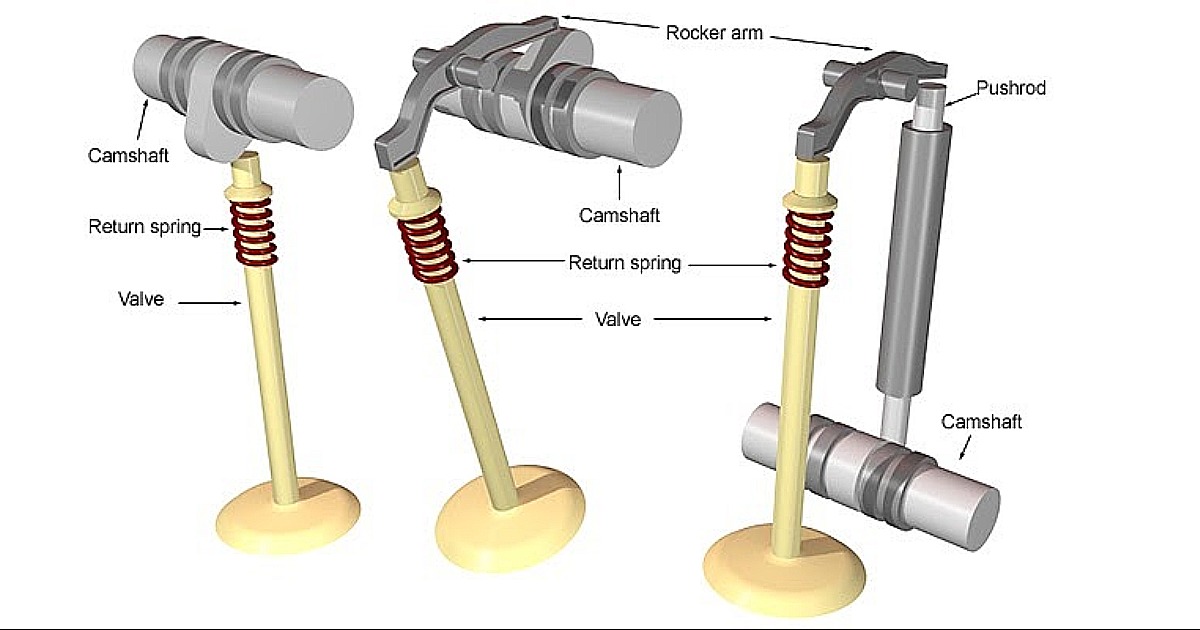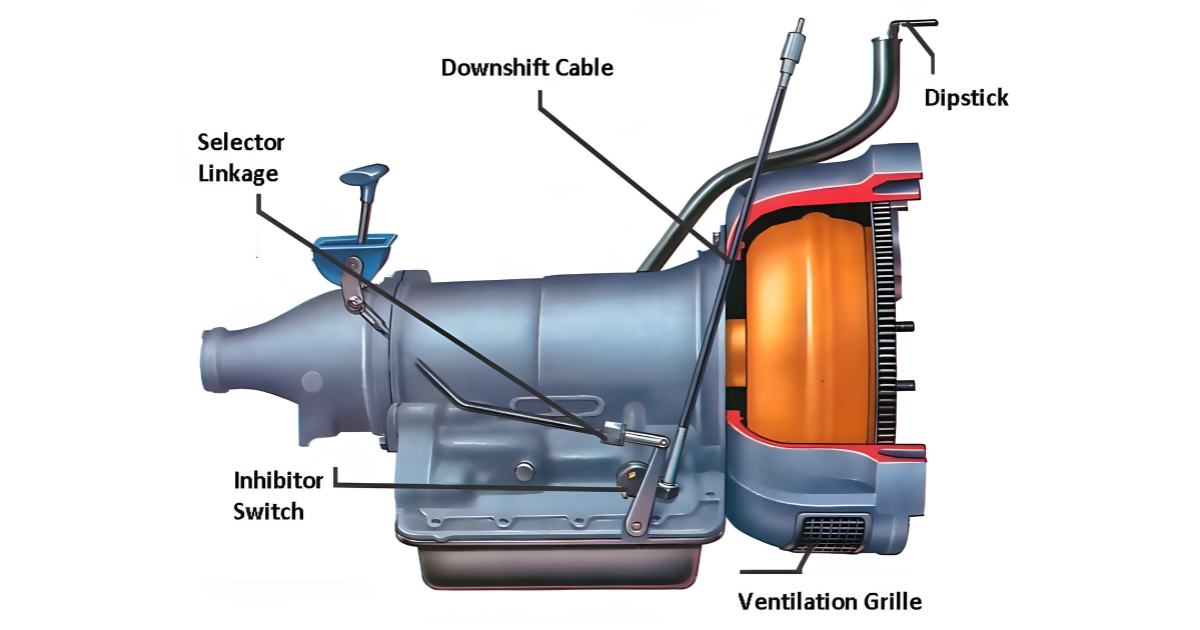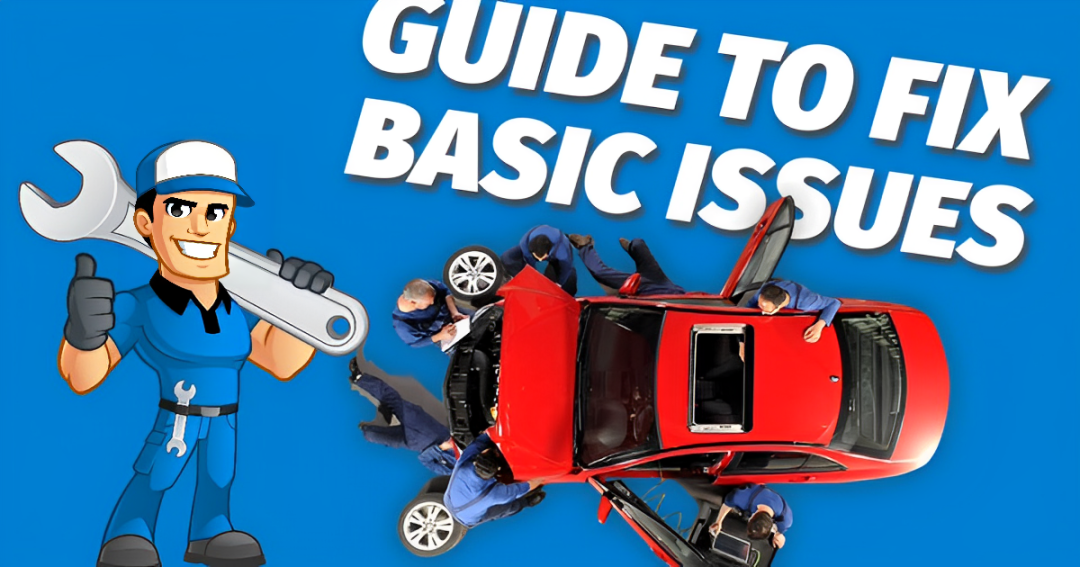Under the hood of your car lies a complex network of components that bring it to life, and at the heart of this mechanical orchestra is the engine. When it comes to engine design, two primary configurations have dominated the automotive landscape – the pushrod engine and the overhead cam (OHC) engine.
Let’s dive into the workings of these two engine types, exploring their differences, advantages, and applications.
Pushrod Engine
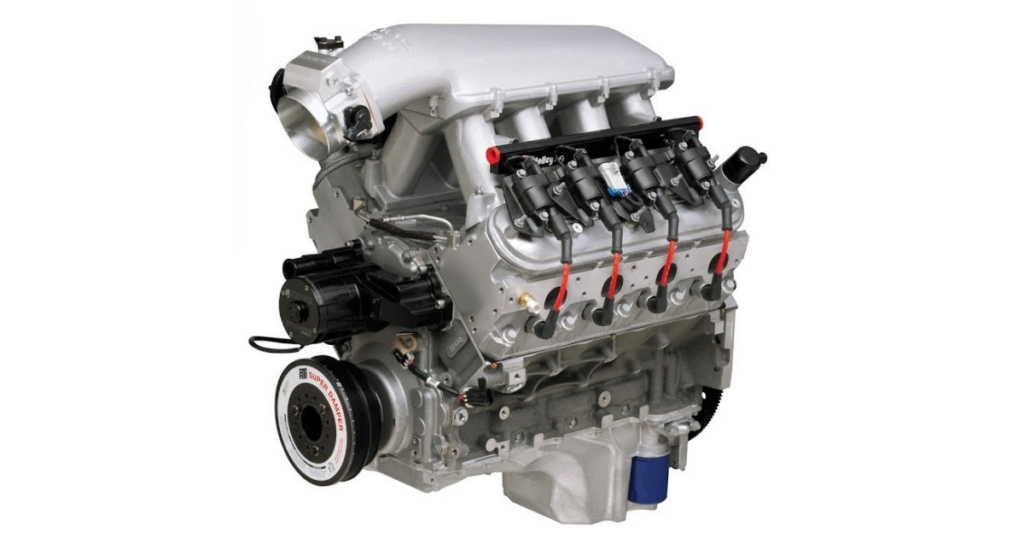
Working Mechanism
The pushrod engine, also known as an overhead valve (OHV) engine, relies on a simpler internal design. A camshaft, located within the engine block, controls the opening and closing of valves. Pushrods transfer the motion from the camshaft to the valves, which are usually positioned in the engine block.
Compact Design
One of the notable features of pushrod engines is their compact design. The camshaft and valvetrain components are situated lower in the engine, contributing to a more compact overall size.
Lower Center of Gravity
Due to their design, pushrod engines often result in a lower center of gravity for the vehicle. This can lead to improved handling and stability, especially in performance-oriented applications.
Simplicity and Cost-Effectiveness
Pushrod engines are generally simpler in construction and have fewer moving parts compared to overhead cam engines. This simplicity translates into cost-effectiveness in terms of manufacturing and maintenance.
Torque Characteristics
Pushrod engines are known for their strong low-end torque, making them suitable for applications where low-end power delivery is crucial, such as in trucks and muscle cars.
Overhead Cam Engine
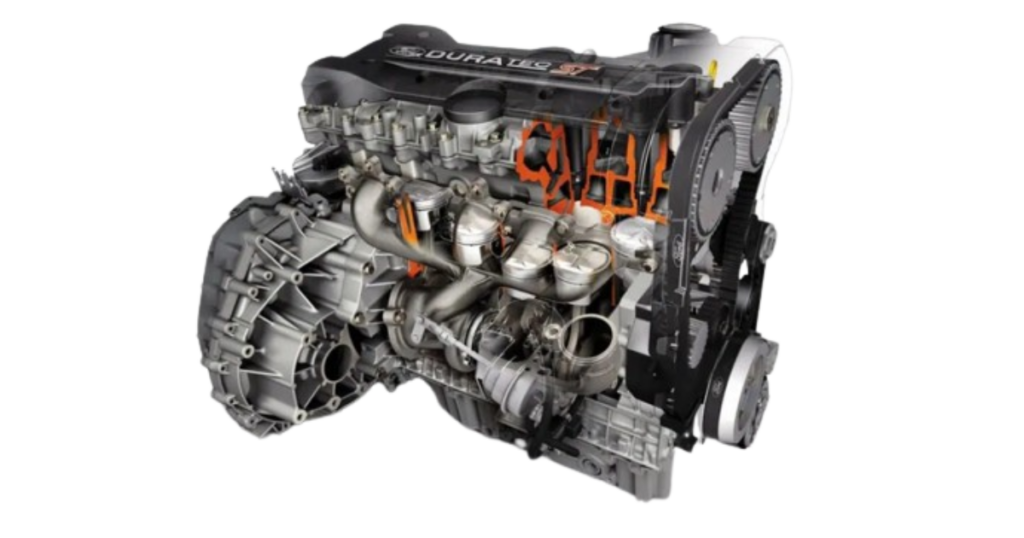
Working Mechanism
In contrast, overhead cam engines have a different valvetrain arrangement. The camshaft is located in the cylinder head, directly above the valves. This eliminates the need for pushrods, as the camshaft actuates the valves through cam followers or lifters.
Precise Valve Control
OHC engines offer more precise control over valve timing and lift. The camshaft’s direct connection to the valves allows for greater flexibility in optimizing engine performance.
Higher RPM Capability
OHC engines are often associated with higher RPM capabilities. The absence of pushrods and the ability to reduce valvetrain mass contribute to smoother and more efficient high-speed operation.
Compact Cylinder Head
The cylinder head in OHC engines tends to be more compact since it doesn’t house the camshaft and pushrods. This design can result in better airflow and improved combustion efficiency.
Varied Applications
Overhead cam engines are commonly found in a wide range of vehicles, from everyday commuter cars to high-performance sports cars. The versatility of OHC designs allows for efficient power delivery across different driving scenarios.
Comparative Analysis
- Performance Differences:
- Pushrod engines are often celebrated for their robust low-end torque, making them well-suited for tasks that require strength at lower RPMs. On the other hand, overhead cam engines excel in providing smoother power delivery at higher RPMs, making them a popular choice for sports cars and performance-oriented vehicles.
- Manufacturing and Maintenance Costs:
- Pushrod engines are generally less complex and, therefore, tend to be more cost-effective both in terms of manufacturing and maintenance. Overhead cam engines, with their intricate valvetrain arrangements, may incur higher manufacturing and maintenance costs.
- Application Specifics:
- Pushrod engines find favor in applications where a simpler, torque-focused design is preferred, such as in trucks and muscle cars. Overhead cam engines, with their precision and versatility, are commonly employed in a broader range of vehicles, from economy cars to high-performance machines.
Conclusion
In the field of automotive engineering, the decision between an overhead cam engine and a pushrod engine frequently comes down to the vehicle’s intended use, cost, and particular performance needs. Every design offers advantages and a special combination of affordability, performance, and simplicity.
Both pushrod and overhead cam engines are refined as technology develops to keep up with the changing needs of the automobile industry.
For a visual comparison of pushrod vs overhead cam engines, check out the video below.


